Collaboration or Resistance?
Collaboration or Resistance?
The German colonial power was a system of injustice that exercised violence and suppressed the rights of other cultures. What did the occupation by the German colonial power mean for the lives and everyday life of the indigenous people? Here it is worth taking a differentiated look at the individual geographical areas. For the colonialisers were also dependent on the support of tribal leaders, village elders and the local population to secure the colonies in the long term.
The German colonial period in Samoa is considered comparatively quiet by researchers today. The representative of the Samoan self-government, Mataafa Josefo, is credited with having successfully acted for the interests of his people within the given possibilities. The northeastern Chinese "model colony" of Kiautschou, which was subordinate to the Reichsmarineamt, is regarded as an almost laudable exception that imported a modern (infra)-structure of the Western type into China. In the three German ruled occupation areas on the African continent, colonisation was particularly violent and resulted in the genocide of the Herero and Nama.
Images of these crimes in the form of photographic images of the war like conflicts are found rather rarely and indirectly in the memories of the sea men. The individualised view of the events, on the other hand, reflects the interaction with the local population on different levels. This section of the exhibition focuses on the numerous group portraits with the police and auxiliary groups of the Askari in German East Africa or the Fitifita in German Samoa. Hired native mercenaries supported the administration of the colonies and entered the warlike conflicts on the side of the occupiers, such as in the development of the hinterland. The nature of these forms of "cooperation" are extremely ambivalent: on the one hand, cooperation with the German colonisers could provide money and prestige. On the other hand, it also meant social ostracism for allying with the enemy. The relationship of these diverse labour Relations are extremely complex.
At this point we show group portraits of Wilhelmine mariners together with hired mercenaries. Fine hierarchical gradations reflect the real power relations in the group portraits. Some of the images are also ambiguously labelled, leaving open whether the visits of indigenous people on board the ships were of a voluntary nature or whether they were prisoners as identified. The sailors' photographic memories also recorded numerous encounters with the indigenous population. They indicate that the occupants were in contact with the civilian population, sometimes over a longer period of time, and that images of the enemy could also dissolve or at least be modified by personal experiences. The visual record of these relaxed in-between moments is, however, deceptive: especially in the group Portraits with indigenous women and children, the colonialist gaze is simultaneously revealed as a sexist one.
Do you know more? Please send us your notes and comments.
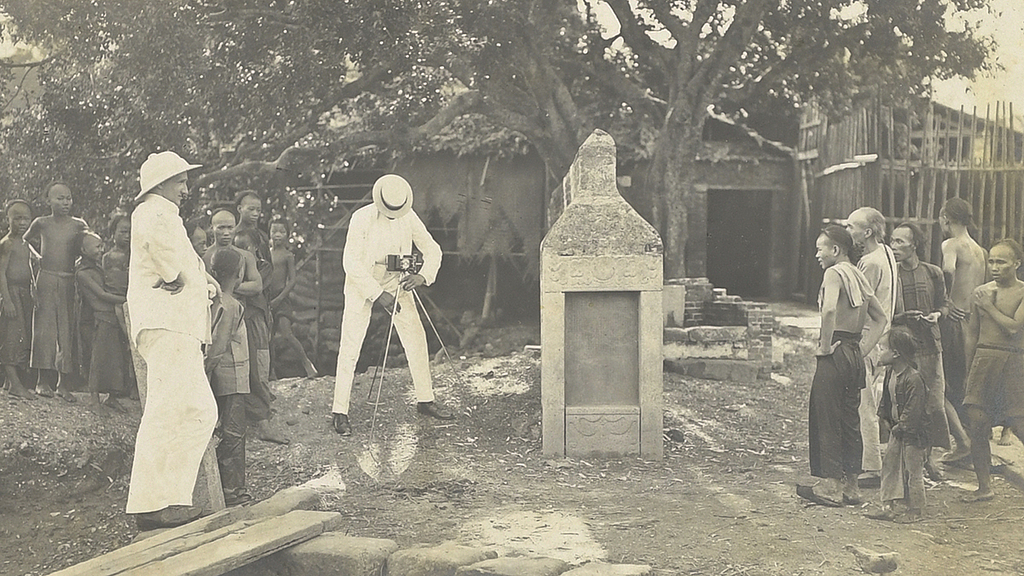
Unbekannter Fotograf: Behne u. Brunswig auf Entdeckungsfahrt, in: Kaiserliche Marine. Erinnerungsalbum des Korvettenkapitäns Hermann Brunswig, 1904 - 1914 © Archiv DSM
Name of the speaker: Luik Folkerts
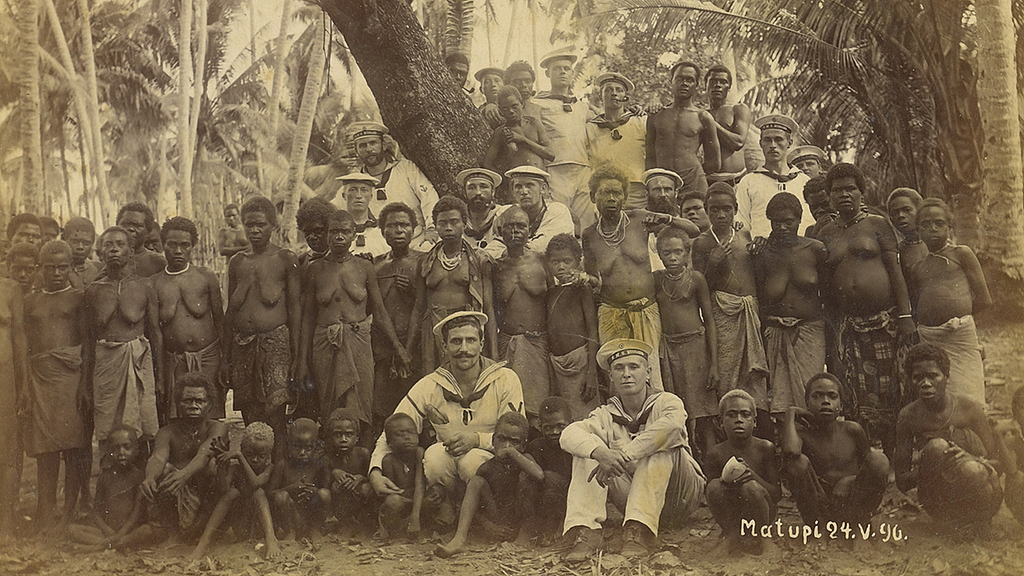
Unbekannter Fotograf: ohne Beschriftung, in: Kleiner Kreuzer S.M.S. BUSSARD in Samoa, 1895 - 1897 © Archiv DSM
Name of the speaker: Judith Beneker
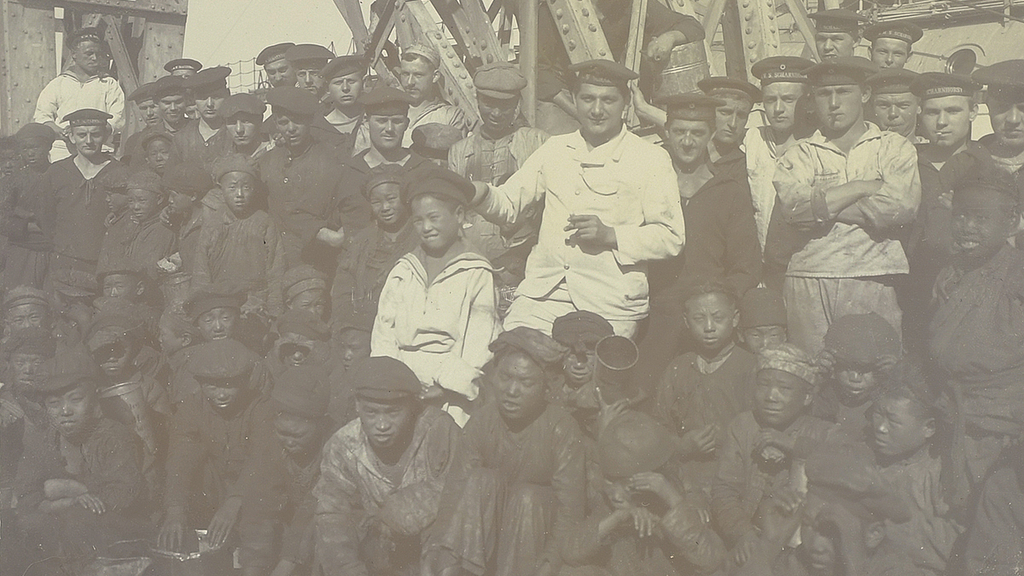
Unbekannter Fotograf: Chinesische Knaben als Bunkerreiniger, in: Reisen auf Schiffen der kaiserlichen Marine nach China, Japan und in die Südsee, 1908 - 1910 © Archiv DSM
Name of the speaker: Anton Rendigs
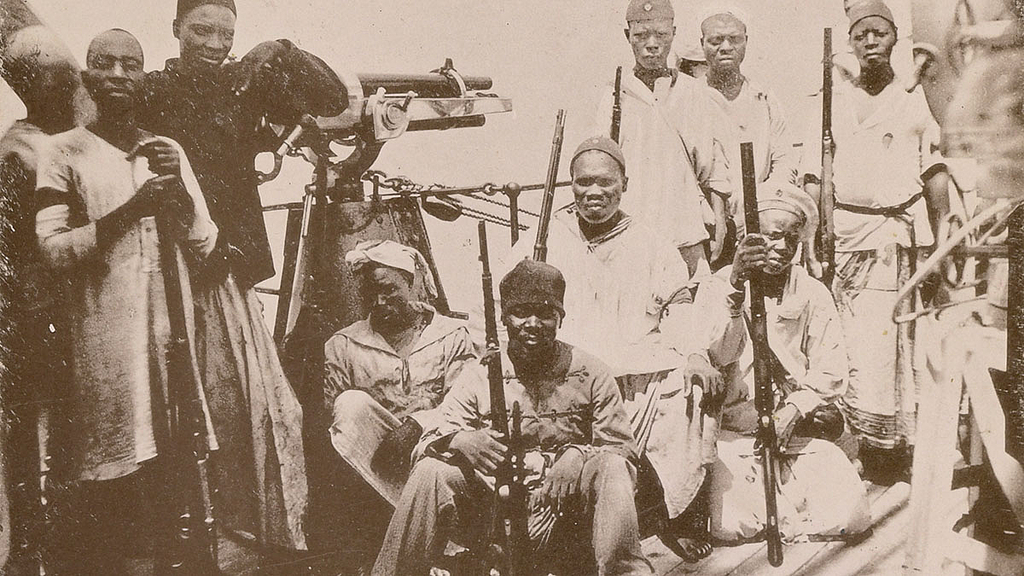
Unbekannter Fotograf: Askari an Bord, in: Obermatrose E. Barnutz. Zur Erinnerung an meine Dienstzeit in Ost - Afrika an Bord der S.M.S. CAROLA, 1889 - 1891 © Archiv DSM
Name of the speaker: Neele Bahr
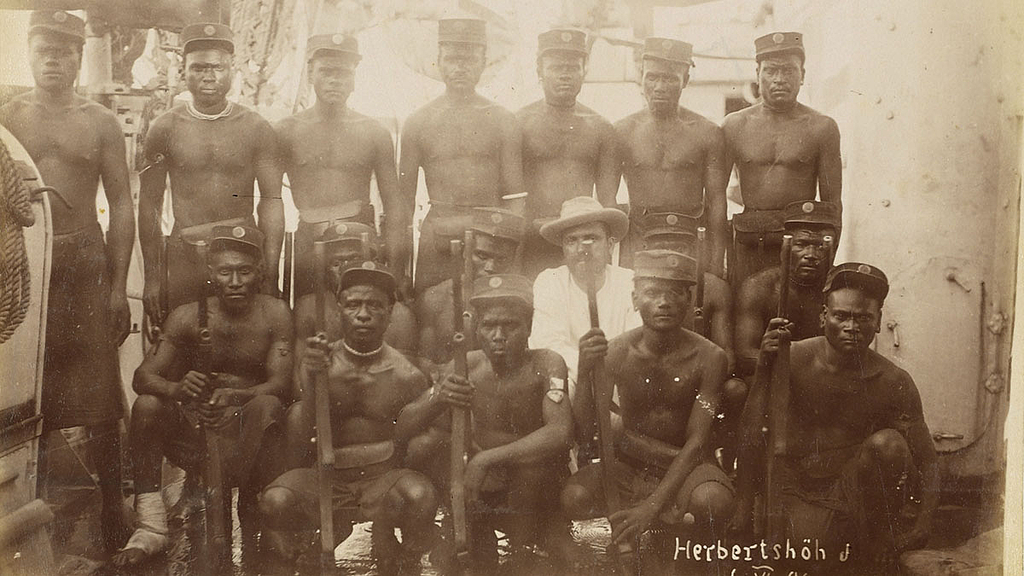
Unbekannter Fotograf: Schutztruppe auf Neu-Guinea Herbertshöh, in: Südsee-Erinnerungen. Tanga - Sydney - Auckland - Apia - Samoa, 1895 - 1897 © Archiv DSM
Name of the speaker: Michel Spiro
zur Audiodatei
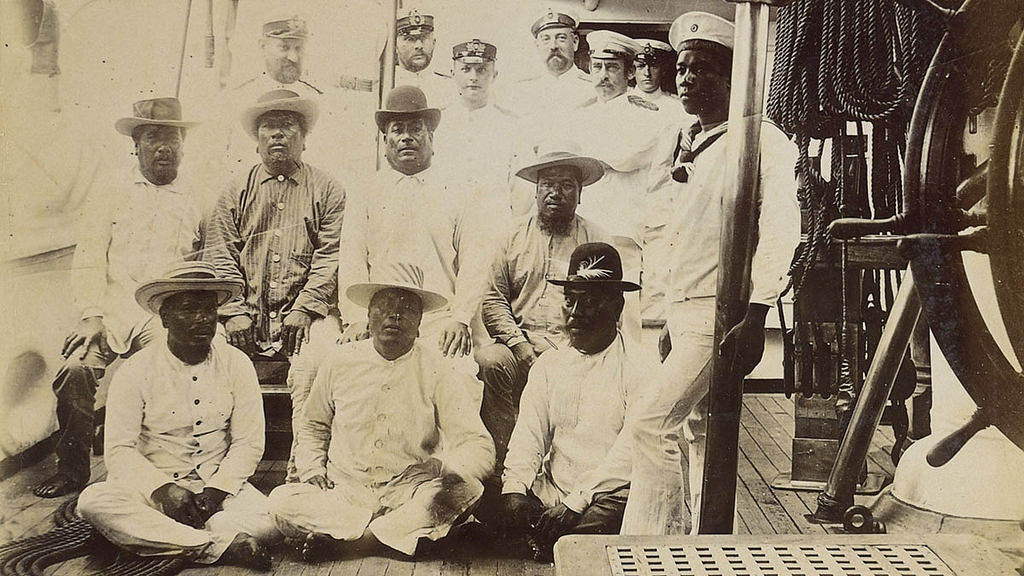
Unbekannter Fotograf: Gefangene „Behiefs“ an Bord S.M.S. FALKE, in: Südsee-Erinnerungen. Tanga - Sydney - Auckland - Apia - Samoa, 1895 - 1897 © Archiv DSM
Name of the speaker: Louis Wellkamp
zur Audiodatei
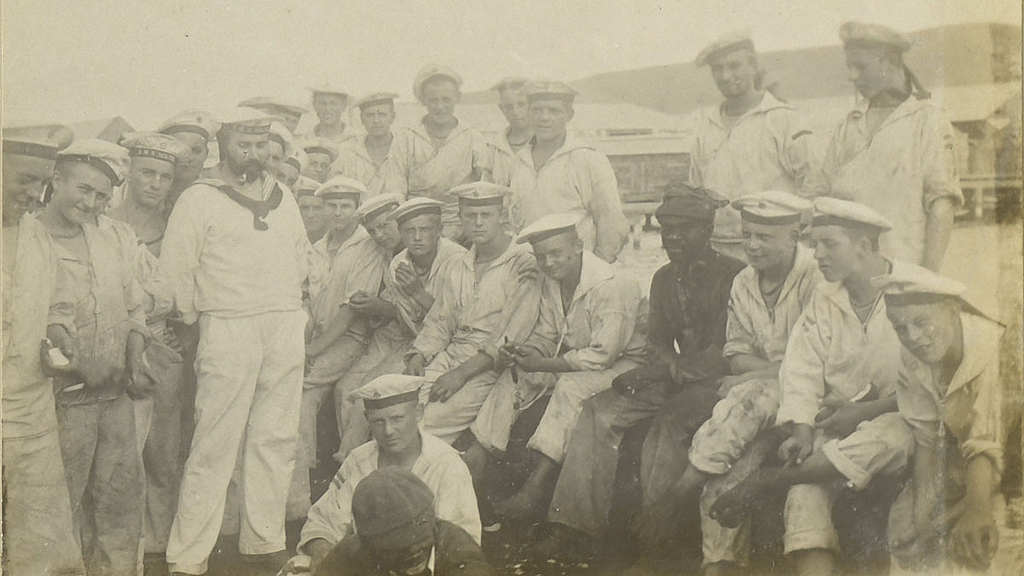
Unbekannter Fotograf: Ruhepause beim Kohlen-Übernehmen, in: S.M.S. Kreuzerfregatte MOLTKE, 1901 - 1902 © Archiv DSM
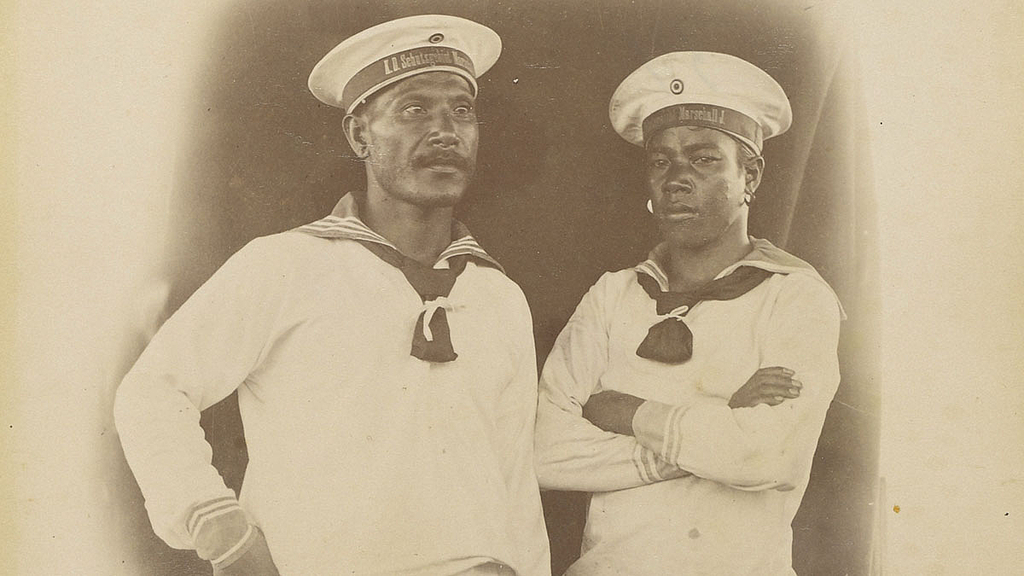
Unbekannter Fotograf: Bedienten vom Landeshauptman Jaluit, in: Südsee-Erinnerungen. Tanga - Sydney - Auckland - Apia - Samoa, 1895 - 1897 © Archiv DSM
Name der Sprecherin: Neele Bahr
zur Audiodatei
